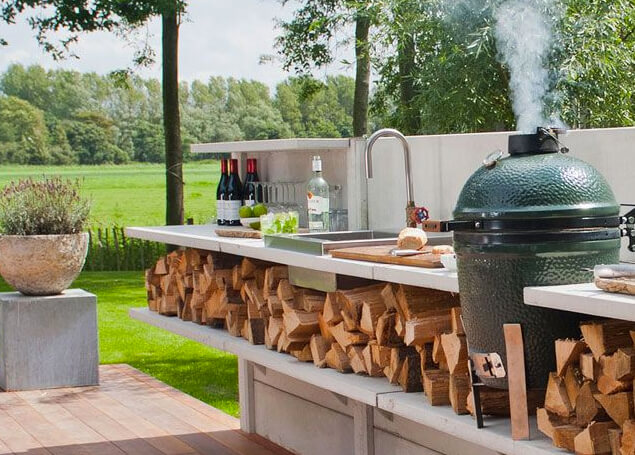Sustainability in the kitchen isn’t just about ingredients and food waste – it’s also about energy use. Fifteen percent of the energy used in homes comes from the kitchen, and about 5% comes from cooking specifically.
The way we use electric ovens, microwaves and appliances has a huge impact on energy use in the home.
Here are some tips for making home cooking more sustainable and energy efficient.
Do not open the oven or microwave too often
Every time you open the oven door, the internal temperature can drop by a quarter, after which the oven has to work harder to return to the programmed cooking temperature. The rush of cold air can also affect the height of plates of other foods or baked goods.
Instead of opening the door, use oven lights to check on cooking progress, and keep windows clear of grease and debris so you can see clearly. Trapped heat release.
Reduce cooking time
If this doesn’t affect the recipe, place the pans on the stove top. This traps the heat and allows the ingredients to steam and cook faster without using any more energy, especially if you add a small amount of water. Smaller ingredients also cook faster; When possible, chop vegetables into finer pieces (a sharp knife helps) so they soften faster.
Fully thawed foods also take much less time to cook in the oven. Take frozen meals out of the freezer in the morning, to completely thaw in the fridge for lunch or dinner – the only extra effort this takes is knowing what you want to have for dinner!
Use the right stove
On both electric and gas cooktops, the size of the burner makes a difference in energy use. To reduce electricity use, large pans should be used on larger burners and small pots on smaller burners.
Large kitchen appliances take longer to heat up on a small stove, thus wasting energy. Likewise, cooking a small amount of food in a large skillet on a large burner wastes a lot of energy.
reduce the temperature (or turn off)
Depending on the dish, it is often possible to cook at a lower temperature than the recipe indicates. Glass and ceramic dishes retain heat much better than metal, so you can lower the temperature when baking casseroles or other meals that require a long cooking time.
For those longer cooking dishes, place them in the oven while also preheating to start the cooking process right away without wasting any heat, this will not affect your griddle in the same way it affects cookies, bread or other baked goods, where temperatures Baking times are essential for rise and structure.
For the last 10 minutes of cooking time, turn off the oven and let the dish cook at the trapped heat.
Use smaller devices
For smaller dishes, there’s no need to preheat a full-size oven When all the space isn’t needed, toaster ovens, air fryers, and slow cookers use less energy (and don’t heat your kitchen as much, either).
Take slow cookers, for example: a typical slow cooker uses about 50-300 watts of electricity depending on size and setting, while an oven uses about 2,000-2,000/hour.
It is estimated that slow cookers use as much energy as a light bulb, so turning off the light you usually keep on all day can cancel out the full effect of cooking your meal.
For soups, sauces, and other slow-cooked dishes, set up your cooker at the start of the day and come home to a delicious, efficiently prepared meal!
Cook in large batches
Harness the power of a hot oven or pot by preparing meals with bulk from raw ingredients. Instead of cooking a small portion of vegetables every day—broccoli, potatoes, zucchini, or other hardy vegetables—roast them all at once and keep them for a week to warm up. for individual meals.
Same goes for rice and pasta, make a big enough batch all week long, and you won’t waste energy boiling new water every day. When making soups or sauces, double the recipe and freeze the extras for later use.
Microwaving leftovers is much more energy efficient than cooking from scratch; Most microwaves use about 80% less energy than conventional ovens.
Keep the frying pan closer to the flame
Unlike gas stoves, frying pans cannot be heated on electric burners, unless they are in direct contact with the burners. Use frying pans that are not warped or round; High quality pots, heavy ceramic, and cast iron pots will not warp in the same way.
Also replace warped grates that prevent briquettes from laying flat on burners.












